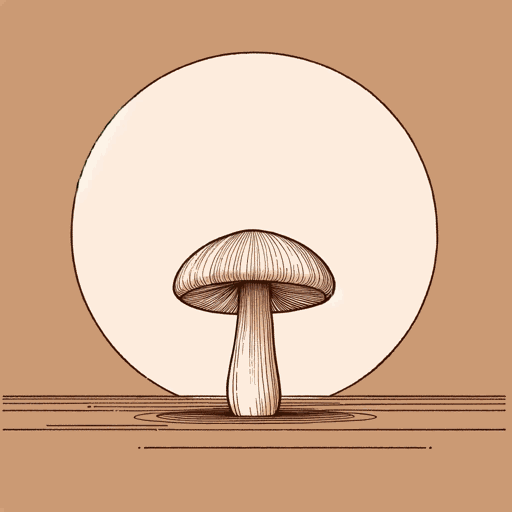75 pages • 2 hours read
Anna Lowenhaupt TsingThe Mushroom at the End of the World
Nonfiction | Book | Adult | Published in 2015A modern alternative to SparkNotes and CliffsNotes, SuperSummary offers high-quality Study Guides with detailed chapter summaries and analysis of major themes, characters, and more.
Before You Read
Summary
Preface
Prologue
Part 1, Introduction
Part 1, Chapters 1-3
Part 1, Interlude 1.1
Part 2, Introduction
Part 2, Chapters 4-7
Part 2, Interlude 2.2
Part 2, Chapters 8-10
Part 2, Interlude 2.3
Part 3, Introduction
Part 3, Chapters 11-13
Part 3, Chapters 14-15
Part 3, Chapters 16-17
Part 3, Interlude 3.3
Part 4, Introduction
Part 4, Chapters 18-19
Part 4, Chapter 20 and Conclusion
Key Figures
Themes
Index of Terms
Important Quotes
Essay Topics
Part 2, Chapters 4-7Chapter Summaries & Analyses
Part 2: “After Progress: Salvage Accumulation”
Part 2, Chapters 4-7 Summary and Analysis
This section covers Chapters 4-7: “Working the Edge,” “Open Ticket, Oregon,” “War Stories,” and “What Happened to the State? Two Kinds of Asian Americans,” as well as Interlude 2.1, “Freedom.”
Tsing acknowledges that her focus on “ephemeral assemblages and multidirectional histories” is a departure from other work on capitalism. The focus on factories and raw materials, partly driven by Marx’s preoccupation with this form of industrialization, led to an emphasis on a “coherent governance structure” (61). To explain how her approach differs, Tsing first defines a supply chain—“one in which lead firms direct commodity traffic” (62). Commodities generally refer to goods for sale, or, for Marxists, goods which result from the labor of workers, who sold their time and bodies to earn wages. Tsing argues that capitalism, rather than being homogenizing and predictable, relies on “translation”—bringing disparate landscapes and their cultural mores together at sites of exchange, as happens when mushrooms picked in Oregon are ultimately sold in Japan (62).
Tsing notes that part of her analysis is driven by a desire to challenge the idea that capitalism has always relied only on things its own processes generate. Instead, she suggests that factories also rely on “salvage accumulation,” the use of materials that existed before capitalism and cannot be directed by it, including landscapes and human labor (63).

